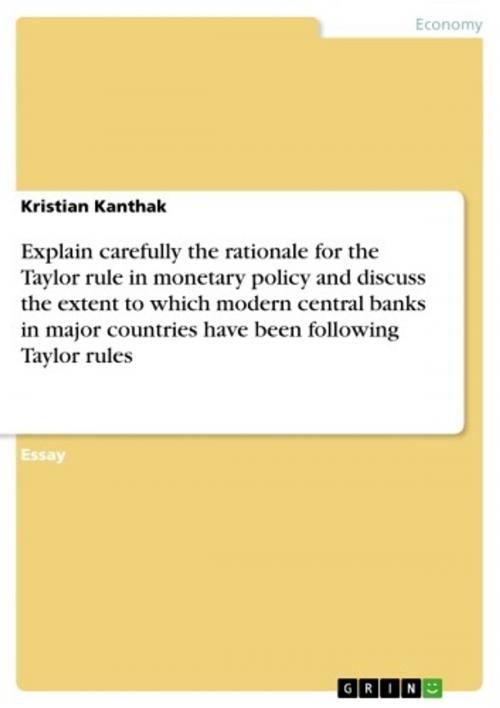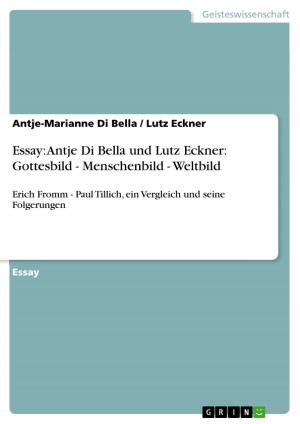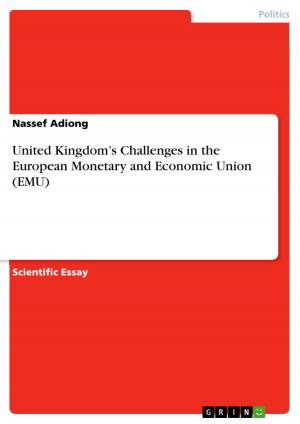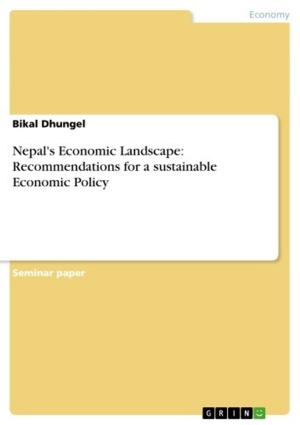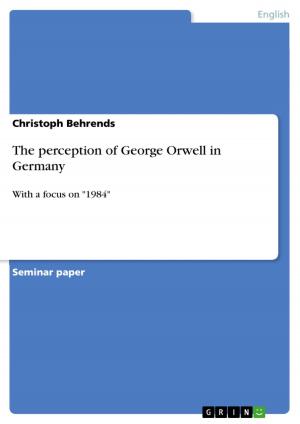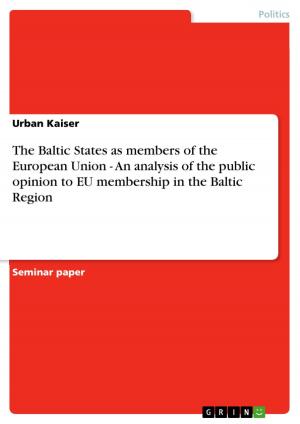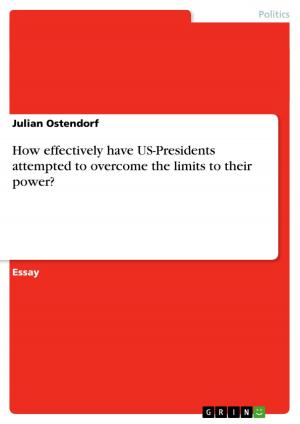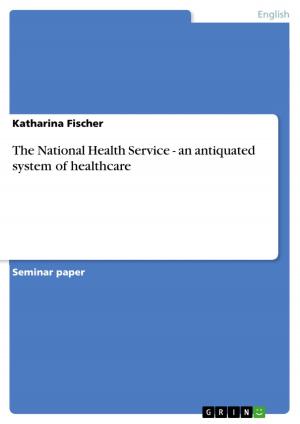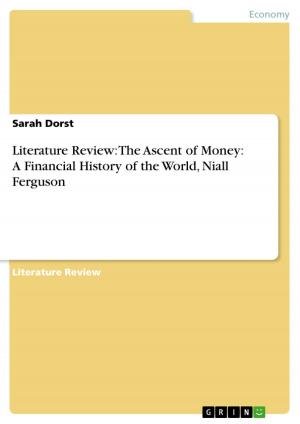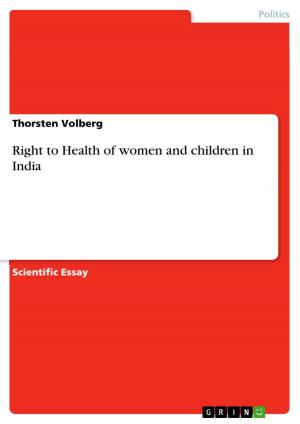Explain carefully the rationale for the Taylor rule in monetary policy and discuss the extent to which modern central banks in major countries have been following Taylor rules
Nonfiction, Social & Cultural Studies, Political Science, Politics, Economic Policy| Author: | Kristian Kanthak | ISBN: | 9783638166331 |
| Publisher: | GRIN Publishing | Publication: | January 23, 2003 |
| Imprint: | GRIN Publishing | Language: | English |
| Author: | Kristian Kanthak |
| ISBN: | 9783638166331 |
| Publisher: | GRIN Publishing |
| Publication: | January 23, 2003 |
| Imprint: | GRIN Publishing |
| Language: | English |
Essay from the year 2002 in the subject Business economics - Economic Policy, grade: 1,7 (A-), University of St Andrews (Department of Economics), course: Monetary Policy, 9 entries in the bibliography, language: English, abstract: According to Goodhart's speech in 1998, the key decision that the monetary authorities take each month is whether, and by how much, to alter the shortterm interest rate. As central banks vary interest rates in response to economic development the crucial question has become how they should adjust it in order to achieve, or to come as close as possible to, the social welfare optimum. The vital importance of this decision for the financial community and therefore the economies in general could be observed in the public discussion which frequently occurs about how the Fed and the ECB should react by changing the short term interest rates. A popular way of explaining the way central banks take its interest rate decisions has been proposed by Taylor in 1993. He basically suggested a rule, which he derived from observation of former successful monetary policy. This essay shows how the Taylor rule works and to which extent major central banks have been following the rule.
Essay from the year 2002 in the subject Business economics - Economic Policy, grade: 1,7 (A-), University of St Andrews (Department of Economics), course: Monetary Policy, 9 entries in the bibliography, language: English, abstract: According to Goodhart's speech in 1998, the key decision that the monetary authorities take each month is whether, and by how much, to alter the shortterm interest rate. As central banks vary interest rates in response to economic development the crucial question has become how they should adjust it in order to achieve, or to come as close as possible to, the social welfare optimum. The vital importance of this decision for the financial community and therefore the economies in general could be observed in the public discussion which frequently occurs about how the Fed and the ECB should react by changing the short term interest rates. A popular way of explaining the way central banks take its interest rate decisions has been proposed by Taylor in 1993. He basically suggested a rule, which he derived from observation of former successful monetary policy. This essay shows how the Taylor rule works and to which extent major central banks have been following the rule.
